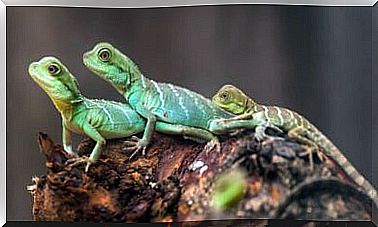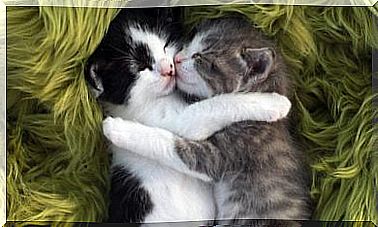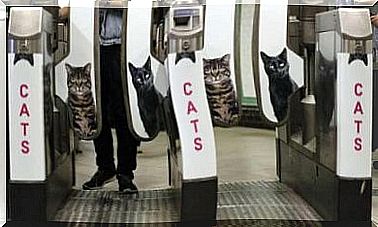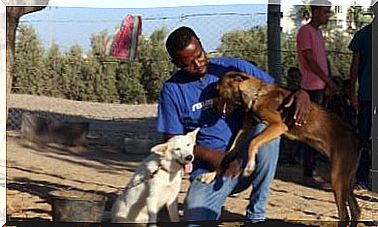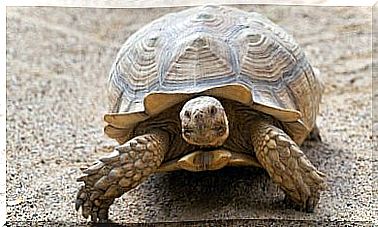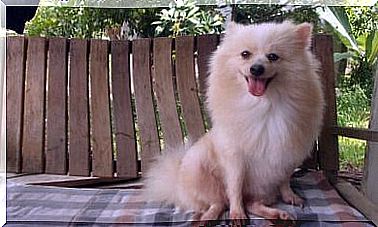Why Don’t Cats Roar Like Lions?

Felines are capable of making up to a hundred different sounds to express different emotions and states. Despite this, cats don’t roar like their older relatives.
What is it and how is a roar emitted?
One of the most impressive and impressive sounds that nature offers us is the roar of a lion. This deep and explosive sound is produced by certain species of animals of the genus Panthera, such as the tiger, the leopard, the jaguar and, as is well known, the lion ( Panthera leo ), whose roar is the most powerful and known.
The roar consists of a loud sound emitted through the open mouth thanks to the hyoid bone. This small mobile bone, found in the throat, is relatively flexible and is partially ossified in animals that are capable of roaring.
The vibrations of the hyoid bone, along with a particular arrangement of the vocal cords and larynx at the appropriate time, allow the roar.
The roar is typically divided into three sections with distinct frequencies. The best known of all, that of the lion, is made up of a few long, heavy initial roars, followed by a series of shorter roars, audible up to eight kilometers away.
Why don’t cats roar like lions?
Despite their similarities to big cats, cats are unable to roar. It wasn’t until 1834 that a researcher named Richard Owen discovered the biological explanation behind this conundrum.

Although cats also have hyoid bone that supports the tongue and larynx, Owen found that this bone is much harder in cats than in big cats, as well as being completely calcified. Precisely these characteristics prevent cats from roaring.
But there are further morphological differences between felines, namely the size of the vocal cords. Animals capable of roaring, such as the lion or the tiger, have much larger vocal cords than, for example, the domestic cat or the snow leopard.
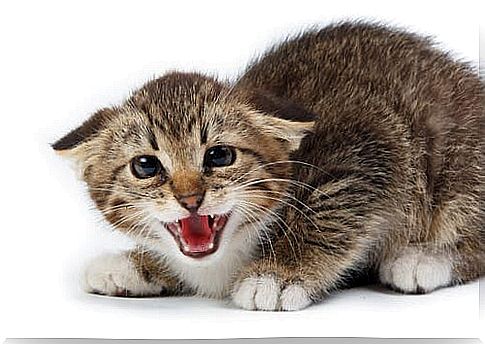
Cats don’t roar, but… they purr! How?
To this day it is not yet known exactly, but the latest studies suggest that cats use the stiffness of their hyoid bone to purr.
In addition to this, they are thought to cause the vocal cords to vibrate at a rate of 26 times per second as they inhale and exhale air. This allows cats to make this distinctive and soothing sound.
But purring is not exclusive to domestic cats, in fact some of their closest relatives, such as the cheetah, or others further away, such as the mongoose, also purr.
One finding is that purring cats are unable to roar and, in turn, roaring big cats do not purr. Curious, right?
